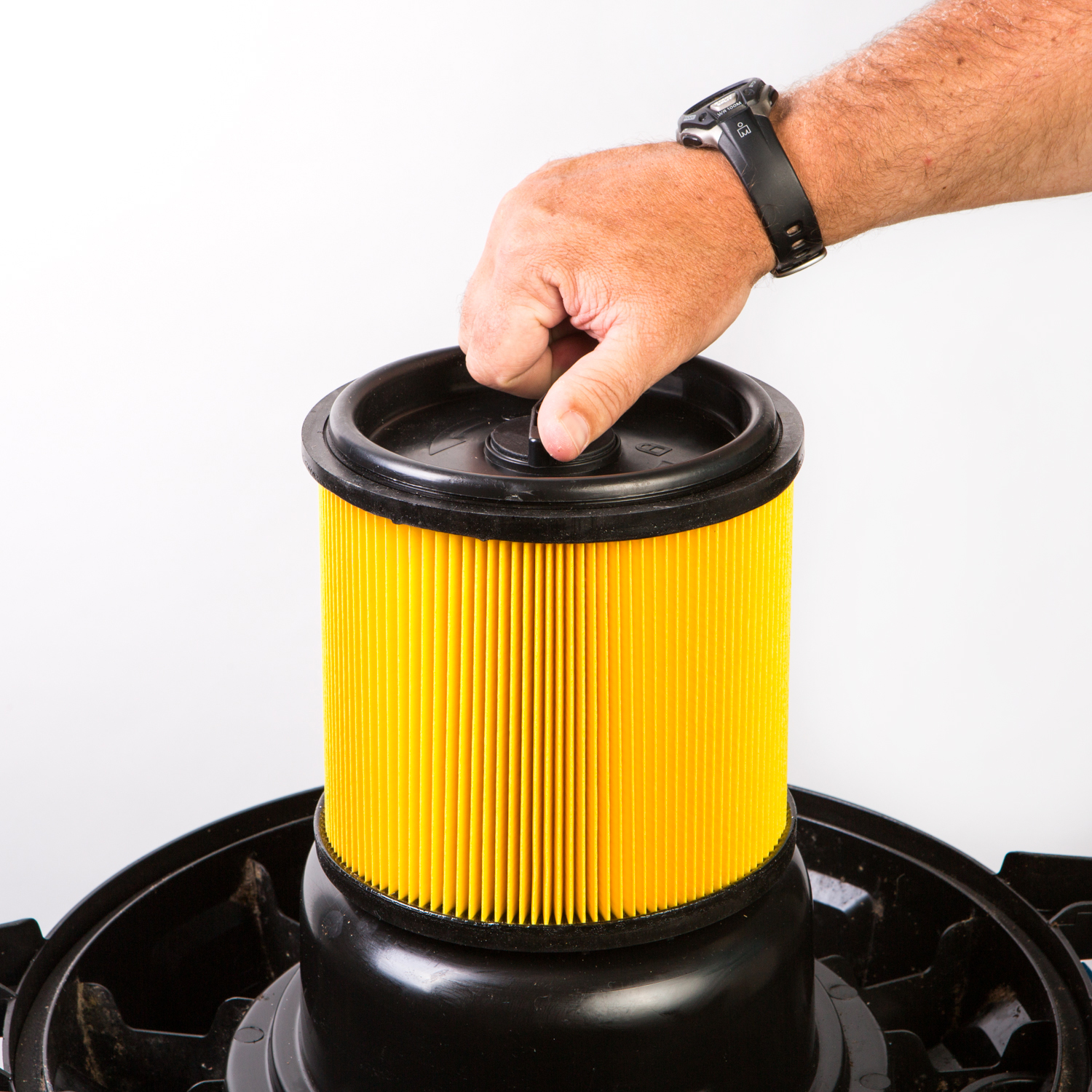

In the steps below, don't type the comment in 's.
#Tighten pro how to#
# How to set the correct Z=0 height on the QQ or QQ-S: Mount the effector arms back on the carriages.Move the carriage to the top position, where you can barely access the screws and tighten the rail clamping screws.Move the carriage to the bottom position, where you can barely access the screws and tighten the rail clamping screws.Loosen the rail clamping screws so the rails can be turned in their sockets.Dismount the effector arms from the carriages, so that the carriages can be moved freely aling the whole length of the rails.To mitigate this, you can follow the guide below: Any minor misalignment can lead to the rails flexing, and loss of precision during the print. Since there are 2 rails, they form a plane through the carriage and the angle of that plane should be perpendicular to the center of the print bed. Delta Calibration & Validation Tool (opens new window)įLSUN made a reasonably good job on forcing the correct geometry for the printer, but there are small things you can do to improve the accuracy.Advanced Delta Printer Calibration (opens new window).There are a couple of prints you can do to check if your printers geometry checks out: The online tool by TeachingTech makes the math part easier, use it to your hearts content: TeachingTech E-Step calibration tool (opens new window) # Printer geometry You could also change your initial guess and go back to step 3. This shouldn't be necessary unless your initial guess is way off. If the mark disappears inside the extruder drive at step 7, then you need to measure further out than 70mm.You can repeat steps 5-8 to verify the new value.Enter this new value by sending g-codes: M92 Exxx.x (you MUST replace xxx.x with your calculated new_e_steps) M500 (saves the value to non-volatile memory).(ie, multiply the starting value by 50, then divide by the extruded amount) New_e_steps = starting_e_step_value * 50 / extruded_amount Now, based on that amount, calculate the correct E-step value:.With this measurement, we can calculate exactly how much filament was extruded.Ĭalculate: extruded_amount = 70 - measurement Measure the distance between the mark and where the filament goes in.G1 E50 F200 (extrude 50mm at 200mm/minute, which should take 15 seconds).M83 (do once to set extruder to relative mode).Tell the printer to extrude 50mm of filament, slowly.Wait for the hot-end to reach extruding temperature.Note where the filament enters the extruder drive, then measure and markĪ point on the filament 70mm from where it goes in.Use the GUI or send g-code: M104 S200 (replace 200 with desired temp) Go ahead and set the hot-end to a temperature that will melt the.Use this guess as the starting E-step value for later. Send g-code: M92 E99 (replace 99 with a different guess if you want) Only if M503 and M205 don't work and you're not sure of the value, then go aheadĪnd set a known initial value for E-steps otherwise, skip this step.

(it's normally around 367 for the stock Titan-clone extruder). Look for the number right before the label "Extr.1 steps per mm".



 0 kommentar(er)
0 kommentar(er)
